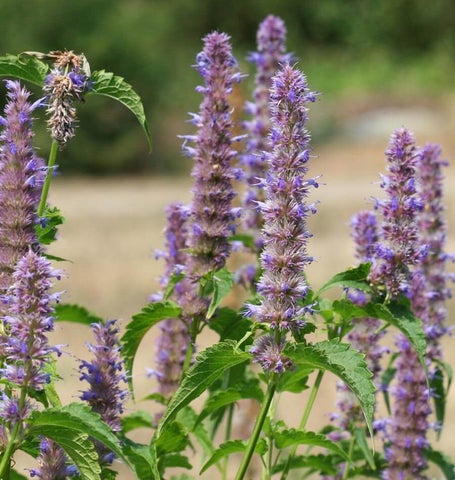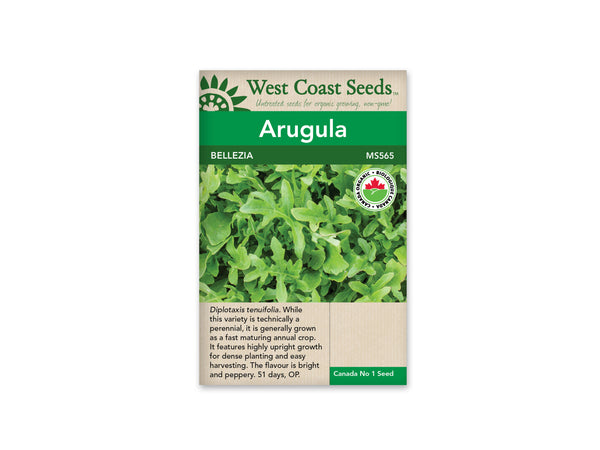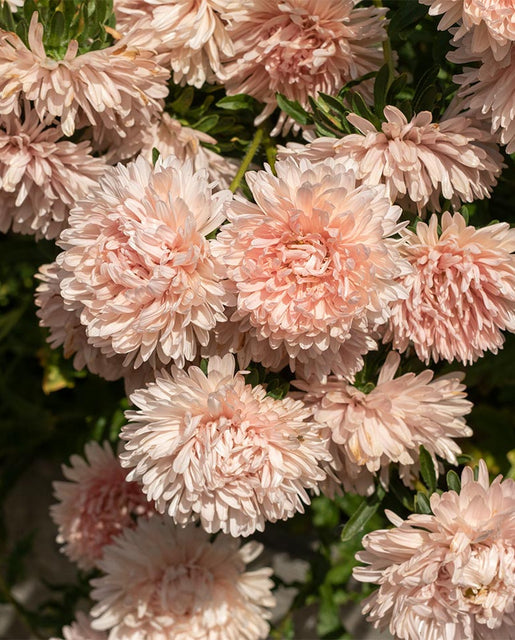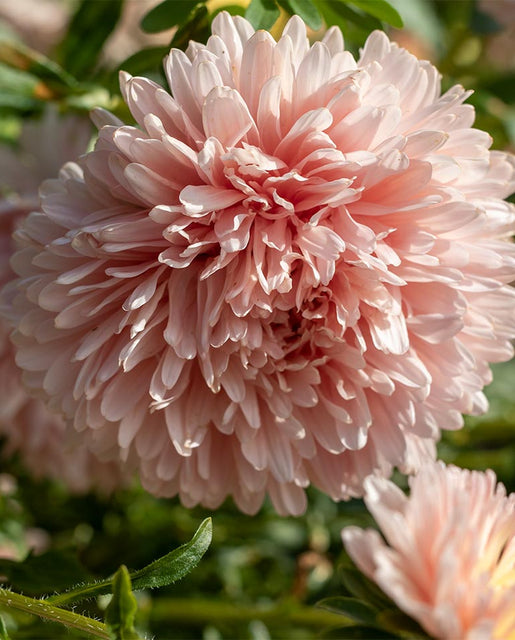Canadian Orders: Flat-Rate Shipping on Orders over $75 | Orders Over $150 Ship Free!
-
Shop
- New Arrivals
- Gardening
- Seeds
- Children + Baby
- Bath + Skin Care
- Baby Toys
- Books
- Puzzles + Games
- Loose Parts + Creative Play
- The Little Naturalist
- Play Chef
- Slings
- Apothecary
- Kids Lunches
- Accessories
- Sustainable Living
- Brushes / Brooms
- Food Storage
- Outdoors
- Coffee, Tea, Chocolate + Honey
- Coffee + Tea Accessories
- Water bottles + Travel Mugs
- Cookbooks
- Dishwashing
- Laundry
- Cleaners
- Accessories
- On The Go Essentials
- Self Care
- Face Care
- Body Care
- Hair Care
- Cosmetics
- Deodorant
- Toothpaste + Oral Care
- Sun Care
- Accessories
- Zero Waste Bathroom
- Soap
- Essential Oils
- For Men
- Books
- Apothecary + Natural Supplements
- Pet Care
- Shop Local
- Bulk
- In Store Pick Up
- Home Improvement
- Paint & Stain
- Discover
- Bulk Bar
Beans — Jacob's Cattle Bean Heirloom Organic
Sold Out $4.99
CERTIFIED ORGANIC! The precise origins of this beautiful, ancient heirloom bean are not known, but it is listed as Trout in some histories, possibly after Virginian Jacob Trout. The plump, oblong beans are creamy white, and speckled with deep burgundy. The markings darken to almost coffee brown as the seeds age. During the summer, Jacob's Cattle Bean makes quite a nice snap bean, before the seeds mature. By the end of the season, the prolific bush plants produce masses of pods that are easy and fun to harvest for winter storage. The tasty beans cook in about half the time as other dry beans. It is also known by the colourful names Coach Dog, Dalmation, and Anasazi.
Matures in 90 days. (Open-pollinated seeds)
Quick Facts:
- Bush bean
- Ancient heirloom
- Truly beautiful beans
- Edible as snap beans
- Matures in 90 days
Size: 15g (approx. 34 seeds)
How To Grow: Dry beans are an ecologically sound foodstuff in today’s world. Being a bean, they produce at least part of their own nitrogen supply with the help of symbiotic bacteria, which live in the soil. Dry beans are one of the easiest crops to produce organically. Dry beans are an excellent source of protein when combined with whole grains, nuts or small amounts of poultry or fish. Dried beans also contain fibre and minerals (remember to discard the soaking and cooking water to reduce flatulence). Continue reading below for to learn how to grow dry beans from seed.
Difficulty
Easy
Season & Zone
Season: Warm season.
Exposure: Full-sun.
Sow as early as possible for dry beans, in late spring, once the soil warms up a bit so plants can mature before wet weather sets in. Optimal soil temperature: 21-32°C (70-90°F).
Starting
Sow seeds 2-5cm (1-2″) deep, 5-8cm (2-3″) apart, in rows 45-60cm (18-24″) apart. Thin to at least 15cm (6″) apart in each row. If the weather is too wet, beans can also be started in pots indoors and set out carefully a few weeks later. Seeds will sprout in 8-16 days, depending on conditions.
Growing
Ideal pH: 6.0-6.5. Well drained, warm soil in full sun is best. Raised beds help with both drainage and warmth. Use 1 cup of complete organic fertilizer for every 3m (10′) of row. Too much nitrogen in fertilizer or manure may cause poor pod set and delayed maturity. If beans flower but do not set pods, the cause can be zinc deficiency. Try spraying the plants with kelp based fertilizer. Wet leaves on crowded plants are subject to diseases. Thin plants to increase air circulation and avoid touching the leaves while they are wet.
Harvest
Stop all watering when the first pods start drying out. Harvest when the seedpods are straw coloured. Pull the plants up by the roots and hang to dry. To shell the beans bash them back and forth inside a bag or pillowcase. Or shell them individually by hand. Do not pick until pods are dry. The beans themselves can then be set somewhere out of direct sunlight, where air movement is good, for a further week to insure even dryness.
Diseases & Pests
Cutworms and root maggots can attack seeds and seedlings. Allowing for good air circulation between plants, and taking care not to over fertilize can slow foliar disease, both fungal and bacterial. When thinning your seedlings try to keep enough space in between for air circulation to reduce disease incidence.
Companion Planting
Beans fix nitrogen in the soil. Plant with Brassicas, carrots, celery, chard, corn, cucumber, eggplant, peas, potatoes, radish, and strawberries. Avoid planting near chives, garlic, leeks, and onions. Pole beans and beets stunt each other’s growth.
Related Items
Agastache — Licorice Mint
Sold Out $3.49
Agastache foeniculum. With heavily licorice-scented leaves and tall spikes of edible lavender flowers, Licorice Mint has been used medicinally for generations. It also happens to...
View full product detailsArugula, Wild — Selvatica Heirloom Organic
Sold Out $3.69
CERTIFIED ORGANIC! Diplotaxis tenuifolia. While technically this variety is a perennial, growers and home gardeners will probably prefer growing it as a fast maturing annual crop. Bellezia...
View full product detailsAster — King Size Apricot
Sold Out $4.19
Callistephus chinensis. King Size Apricot China Asters are some of the most sensational cut flowers we know of. The large, pale pink flowers are showy without...
View full product detailsSign up to get the latest on sales, new releases and more…
© 2025 Sustain.
Ecommerce Software by Shopify




















